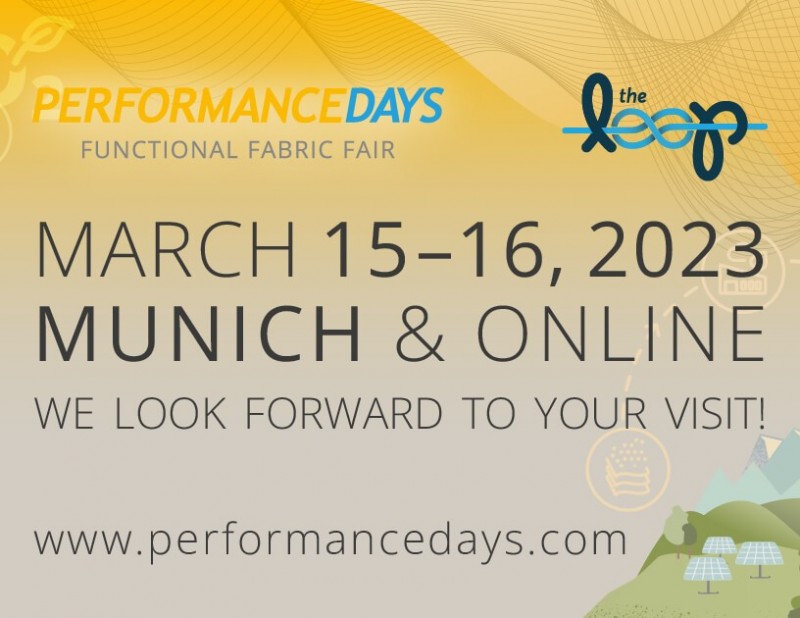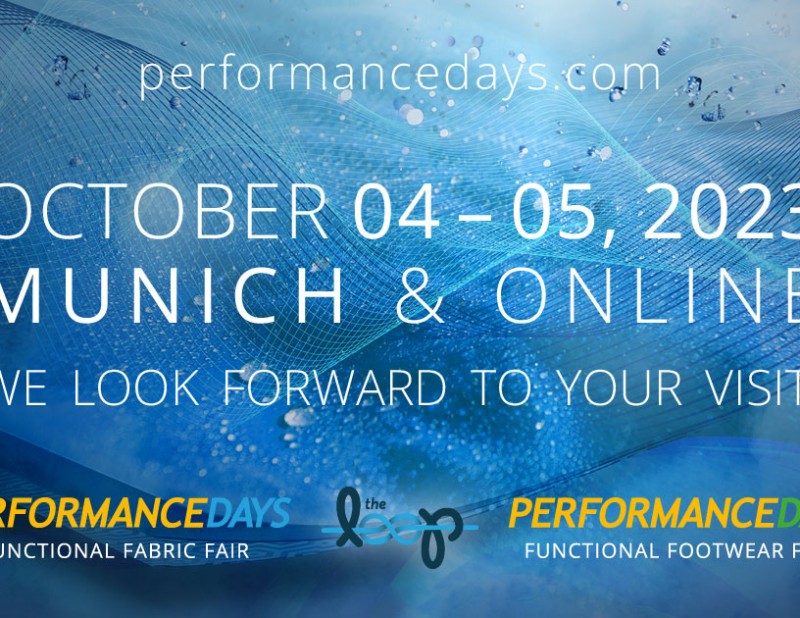
Like all good things, building a sustainable activewear brand takes time and a little bit of effort. Whether you're thinking of custom-made activewear, sustainable yoga wear or athleisure, you'll need a clear plan and a team of experts to help you execute it. So, here's a quick snapshot of what it takes to build a unique fitness label from the ground up.
1. Get inspired
Even if you already have an idea for a sustainable activewear brand, don't underestimate the importance of researching your competition. Do your homework and flick through your favourites' websites. There's nothing wrong with getting inspiration from multiple sources to help you create a unique fitness label.
Draft a list of the top 10 brands that resonate the most with your concept and examine in detail why you like what they do. Is it the vibrant colours, inspiring branding, recycled textiles, complex construction of their garments, or eco-friendly marketing campaigns? What do their customers say? What would you do differently or better?
Asking yourself these questions will help you determine what your brand could offer your potential customers and what steps you need to take to make it happen.
2. Define your competitive advantage
The sustainable activewear niche is still relatively small, so you're already on the right track. But, to make your activewear brand stand out, you need to distinguish it from what’s already on offer. It's always a good idea to identify your priorities and the category you want your brand to represent early on. Will it be affordable activewear or a luxury sports brand? Is your label going to be led by price-point or quality?
Defining your competitive advantage or unique selling point (USP) in the early planning stages will only benefit you in the long run. Envision it and make it memorable. Brainstorm what you want your customers to feel when they see your logo and wear your garments. Maybe you want them to feel inspired and excited by your collection, or perhaps your goal is to make them feel both comfortable and yet stylish at the same time? Sustainable athleisure could be a go-to category in this case.
Ultimately, who is your ideal customer that you're producing for? They can be anyone from cycling pros and outdoorsy folk who value sturdy weather-proof outdoor activewear to customers looking for casual activewear to stay comfy. Pinpointing the specifics can help narrow down your focus, add value to your products and enhance them using unique detailing for a more recognisable look.
To make your sustainable activewear brand more attractive to your chosen demographic, also think about how you can appeal to your target audience. The size-inclusive activewear trend, for example, is only going to grow and having a brand that can adapt to all sizes allows you to stay more competitive.
3. Visualise your designs
Eco-conscious buyers often check two things - what fabrics a garment is made of and where it's been produced, which brings us to the next step in building a sustainable activewear brand.
This step involves everything from fabrics, colours, and graphics to your garments' unique cuts and strategic construction. During this stage, you'll want to do extensive research on which textiles are best suited to specific sustainable workout clothes.
You'll need to consider not just style and comfort but also insulation to keep your customers both warm and cool or use moisture-wicking techniques in your garments to prevent odours. Stylish looking activewear is great, but if it lacks substance, your brand could lose credibility.
Colours and prints are subjective, and you'll want to conduct thorough market research to determine what inspires your target audience to choose certain brands. But, whether you decide to use muted or vivid colours and patterns for your designs, make sure it represents your brand, and you're not just following short-lived trends.
Avoiding fast fashion activewear and embracing quality over quantity will play a big part in building a standout brand. In our experience, locally sourced fabrics and embroidery applied using smart and eco-friendly technology make any activewear brand more sustainable by a long way.
4. Choose the right manufacturers
Choosing the right manufacturer is one of the essential stages of bringing your activewear label to life. Not only can the specialists advise on which textile to use and even source them for you, but they can also help you grow your brand sustainably if you choose a local business. More so, you’ll have a team of experts working on your collection while keeping you up to date with the progress of your order.
Ensuring that your chosen manufacturer specialises in activewear will guarantee a smooth production process right from the start. Research their sustainability goals, what technology they use and what manufacturing trends (link to the previous blog post: 5 manufacturing trends to look out for in 2021 and beyond) they actively follow to keep up with the current production climate.
Prioritising a local, eco-conscious European activewear manufacturer will allow your brand to be associated with a responsible production process and a smaller carbon footprint.
5. Prototype your garments
Closely linked with choosing the right manufacturer, prototyping and production is the final stage in building a brand before you can start marketing it to your audience. The prototyping process involves a lot of going back and forth between you and the expert production team to ensure that everyone's on the same page.
Even the smallest details like zip placements, cutouts, mesh panelling, and seam-bonding can impact your garments' overall look, weight, and wearability. And, if you're not well versed in the technical aspects of the production process, having professionals work their magic on each element takes away many uncertainties.
If you need inspiration for your fitness label, get in touch with us at Kirpte. As a European-based manufacturing business specialising in activewear, we help new and established sportswear brands convert their ideas into high-quality wearable garments.


